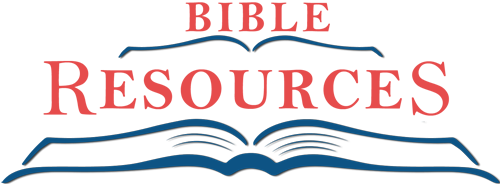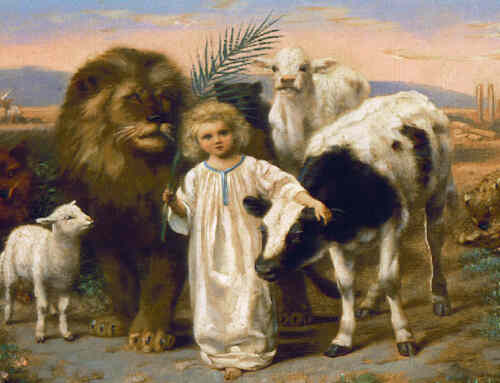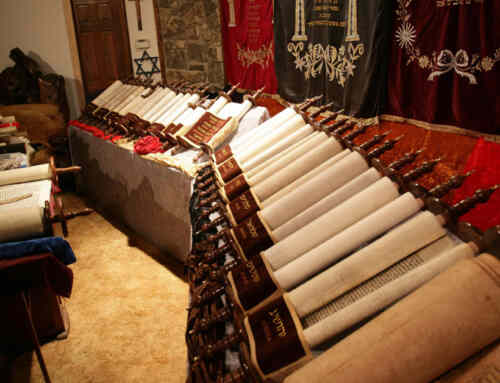In Exodus 35:6-7, God instructs the Israelites in the wilderness to contribute materials for the construction of the Tabernacle. In addition to the precious metals of gold, silver and copper, they brought, “blue, purple and crimson yarns, fine linen, goats’ hair, tanned ram skins, tachash skins and acacia wood.” What are tachash skins? This word occurs in three different contexts in the Old Testament:
- a personal name – Genesis 22:24, son of Nahor.
- a cover for the Tabernacle and its objects: Exodus 25:5, 26:14, 35:7,23, 36:19, 39:34; Numbers 4:6,8,10,11,12,14,25, and
- a material for shoes (Ezekiel 16:10). Whatever tachash was, it must have be suitable for use in the Tabernacle and its objects and as a material for quality shoes.
The word tachash is of uncertain origin and meaning. Bible translators have translated it as badger skins, goat skins, durable and fine leather, porpoise skins, seal skins, and sea cow (dugong) hides. However, there is no definite translation with which all language experts agree.
The Israelites did have access to marine mammal skins including those of sea cows (dugongs). Aquatic mammals inhabit the Red Sea and the Gulf of Aqaba to this day. These gentle creatures graze on seaweed. They are known by naturalists as Halicore tabernaculi, where tabernaculi is a reference to the belief by taxonomists that this indeed is the actual creature that was used in the Tabernacle.
These sea mammals could have been caught by the Jewish people since Mount Sinai was only three days’ journey from the Red Sea. Or they may have purchased the hides from traders on their trade routes that crossed the wilderness.
The Septuagint (a Greek translation of the Old Testament produced by 70 Jewish scholars in the mid-third to second centuries BCE) interprets the word tachach by derivatives of “hyacinth” – presumably, skins of goats or sheep, dyed the color of hyacinths. The Septuagint’s translators thought tachash was not an animal but a dye. Josephus, too, lists among the materials provided for the Tabernacle, “goats’ hair and sheepskins, some dyed blue.”
A few archeologists suggest that tachash refers neither to a specific hide, nor a color, but to the profession of attaching faience (ceramic) beads to leather. Thus, the Anchor Bible Commentary on Exodus, translates tachash as “beaded leather.”
Beaded hides are, from many points of view, the ideal material with which to cover a Tabernacle. They are aesthetically pleasing, fit for royalty, strong, and resistant to sun, rain, dust and probably arrows, too. Beading leather was an ancient skill already in use when Exodus was written. Such beads have been found in Mesopotamia dating back to the fourth millennium BCE.
Today, we cannot be certain what the exact meaning of tachash is. But when the Israelites who constructed the Tabernacle are resurrected, they will joyfully explain it to all mankind!
Additional Resources:
(PDF) Chart comparing the various Tabernacle sacrifices
(Blog Post) What is the difference between a burnt offering and a sin offering?
(Book) “Tabernacle Shadows of the Better Sacrifices”
Christian Questions Podcast
Episode #1099: Should Christians Care About the Jewish Tabernacle?
Unlocking the secrets and symbols God gave to ancient Israel
Preview Video
CQ Rewind Show Notes
For children, parents and Bible class teachers:
(Animated Video) “What was the Jewish Tabernacle?”












